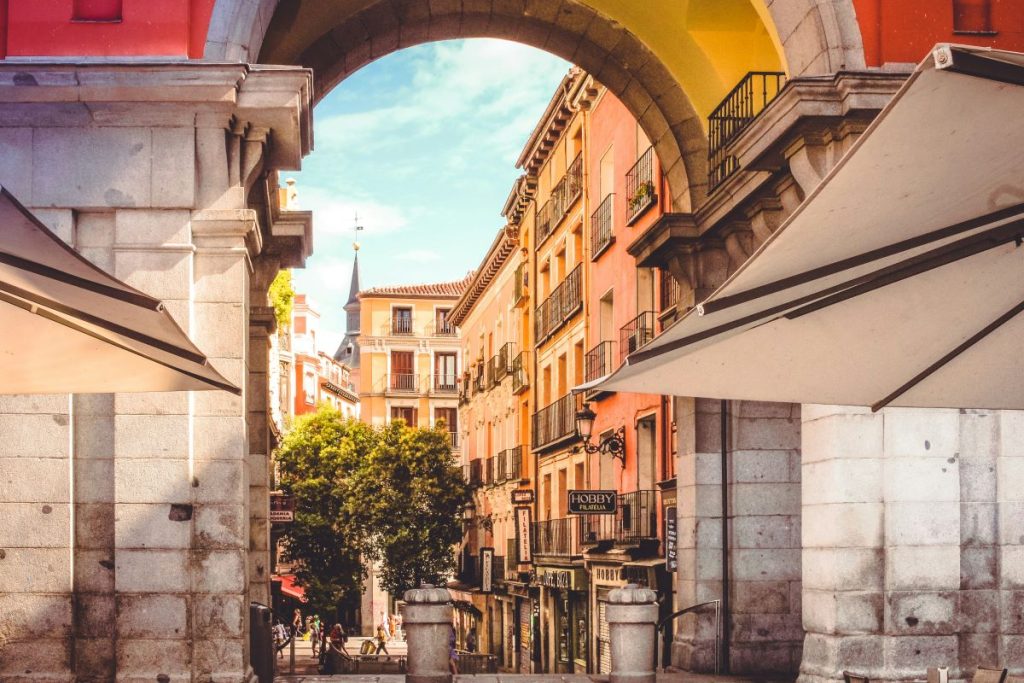Unprecedented gas and electricity bills have led to fuel protests in several countries. Yet, with energy poverty affecting over 50 million Europeans, a study highlights: “Energy communities can provide sustainable and affordable services.”
Italian citizens burned their energy bills, huge crowds took the streets of several French cities and Spanish workers rallied for higher salaries. The year 2022 witnessed widespread protests over the rise of living costs, and still, in the past weeks, farmers’ rage erupted in many European countries. Even if they are now starting to stabilize, in the first half of 2023, electricity and gas prices recorded an unprecedented increase in over 20 EU member states, more than doubling in Latvia, Romania, and Austria and growing by a stunning 953% in the Netherlands. Financial speculation hugely influenced the values on the Amsterdam gas market, with a cascading effect on electricity prices, but the problems were already there. Some months before, Eurostat had already estimated that over 9% of EU citizens were unable to keep their homes adequately warm, and some 4 in 10 Britons recently declared they could not afford their energy bills. With energy poverty affecting some 50 million European households, after the summer the EU Commission acknowledged that “vulnerable customers continue to face difficulty paying bills and the cost of living remains high.” To counter the side effects of the Ukrainian crisis, last December, the EU energy ministers agreed on a 1-year extension of the emergency cap on gas prices. Yet, with experience suggesting that it won’t suffice alone, a further pathway is suggested by a recent Joint Research Centre’s report, pointing to energy communities as tools having “the potential to provide affordable and sustainable energy services to low-income households.”
One such energy community was established over 20 years ago in Prato allo Stelvio, a small municipality in Italy’s South Tirol, on the border with Switzerland. “We started by distributing electricity in the village,” recalls Michael Wunderer, vice president of the cooperative E-Werk Prad. “Now, we mainly use hydroelectric power, supplemented with cogeneration plants that produce both electricity and heat, and we also connected several photovoltaic plants,” he says. The integration of multiple energy vectors allows the energy community to meet its demand even during winter and to sell the summer surplus production. “As a result, the costs for our citizens are 30-40% lower than the national average,” he explains. Despite various existing challenges, “Integrated and Local Energy Communities (ILECs) are a great opportunity”, confirms Venizelos Efthymiou. Director of EPL Technology Frontiers, a Cypriot company active in research, consultancy, and engineering, which assists industry in the energy transition to a low-carbon economy, he says: “Their implementation will result in an efficient and effective use of local resources, offering possibilities of lower energy costs for end users”.
Yet, the JRC’s report Energy Communities and Energy Poverty points out that to fully harness the potential of energy communities, “policymakers and stakeholders need to ensure technical assistance, and provide training and capacity-building initiatives to leaders with the knowledge and skills necessary to drive successful energy projects.” To contribute to removing these barriers, the European project eNeuron has developed a whole set of coordinated tools, aimed at optimising energy community design, set-up, and implementation. “Our approach allows a customised optimisation of the whole energy system”, says Marialaura Di Somma, former project coordinator and now member of its advisory board, and representing the Department of Industrial Engineering of the University of Naples, Federico II. “Final users can achieve better comfort and economic savings associated to energy supply of around 30%, but this approach also contributes to fostering sustainability, cutting CO2 emissions and preserving future generations. Compared to a set of users relying separately on electricity to meet their electric needs, on gas to power their heating, etc., a local integrated energy system allows for a more efficient conversion of the primary energy resources, and also replaces fossil-based with renewable energies, thus cutting CO2 emissions,” she explains.
Efthymiou states: “Getting organised into local energy communities allows an optimal use of local resources, and generates aggregated flexibilities for trading with the local DSOs (operators that are responsible for transporting electricity from production to end users, ed.) or other nearby ILECs”. According to him it also minimises the need for connecting the infrastructure to other external generation resources or users, as “the locally generated energy is firstly optimally used within the energy community itself to meet its energy needs at the lowest cost, including heating, cooling, and mobility 24 hours a day.”
With this approach, production and consumption can remain local and the energy available can be converted and optimised, and thus the grid can be lightened and managed easier, points out Gianluca Ruggieri, researcher at the University of Insubria: “It is a revolution that makes it possible to diversify both the sources and the end use and, at the same time, to promote citizen engagement. On the one hand, you optimise the local consumption with storage systems, heat pumps, or through recharging electric car batteries, for example. On the other hand, involving the communities in the decision-making process fosters the social acceptability of the infrastructure needed.”
Institutions such as the EU play a crucial role in promoting energy communities and unleashing their potential, states the JRC report. Yet, as their development across Europe is neither homogeneous nor rapid enough, progress is still needed for them to significantly help reach the EU 2030 renewable energy ambition of 45%. The recast Electricity Market Directive and recast Renewable Energy Directive recognised the role of energy communities and provided an innovative legal foundation for their development, recalls an EU Commission’s spokesperson. “They require Member States to develop enabling frameworks for energy communities, thus ensuring that participation in renewable energy communities is accessible to all consumers, including low-income or vulnerable households,” he says.
Efthymiou argues: “There is a common legislation throughout Europe based on the corresponding directives, but it is only a good basis to build on. Regulatory measures are not homogeneous between countries, with some of them advancing at a very slow pace.” And this is why the eNeuron project also aims at “helping policymakers define useful standards”. Di Somma concludes: “We basically tend towards promoting a ‘democratization’ of the energy sector, which would also benefit the most vulnerable citizens and shield them from price volatility”.
by Andrea Barolini
Photo credits: Pixabay on Pexels
Published on
19 Feb 2024



